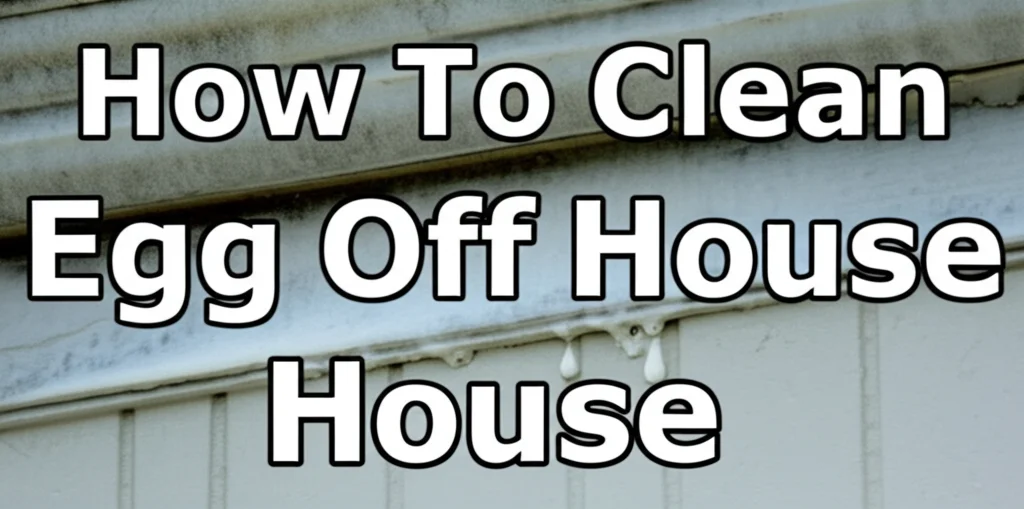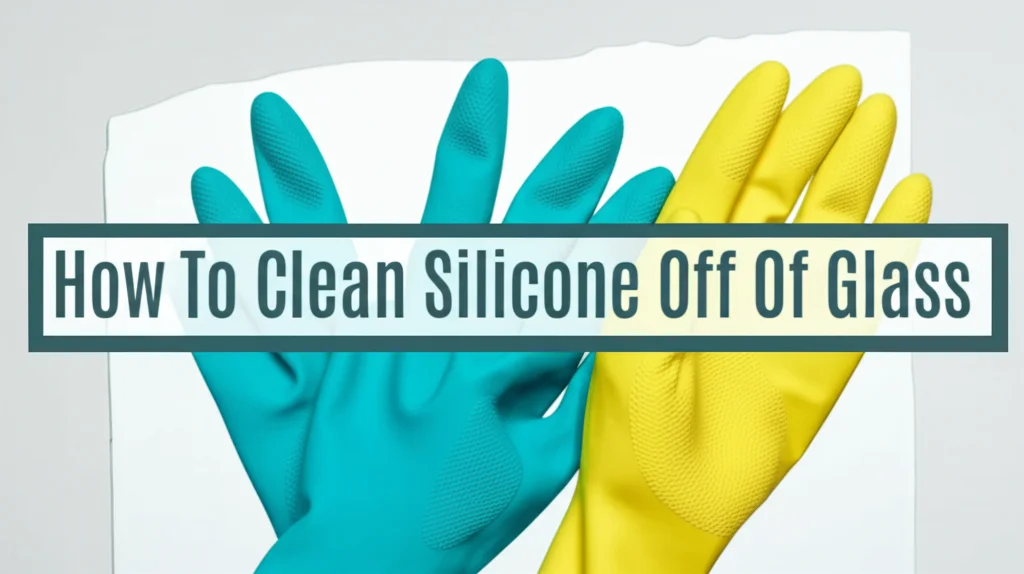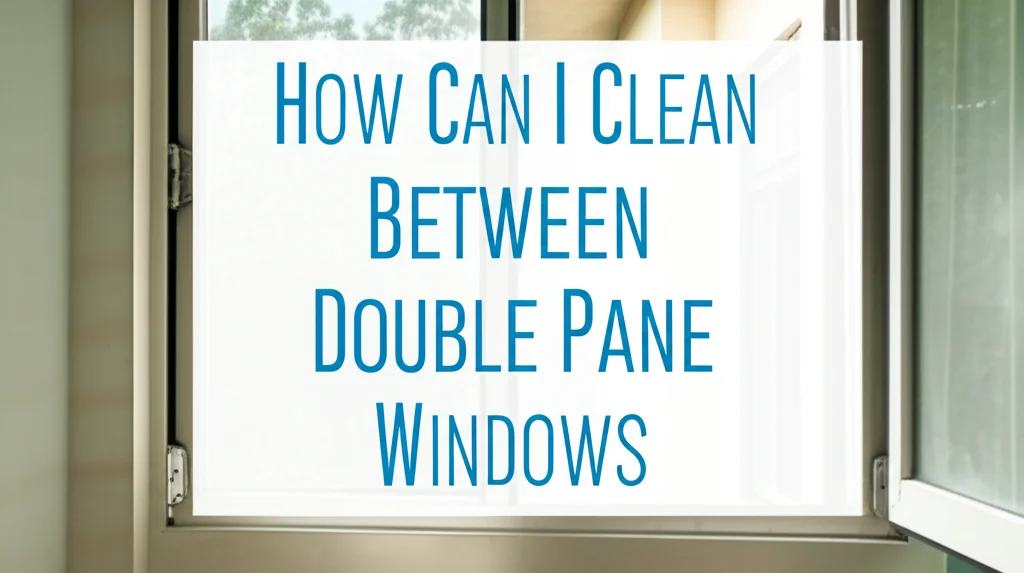· Home Cleaning · 6 min read
How To Clean Egg Off House

How To Clean Egg Off House: A Step-by-Step Guide
Ever had the unfortunate experience of finding egg splattered on your house? It’s a messy situation, but don’t worry! Cleaning egg off your house doesn’t have to be a huge headache. This guide will walk you through the best methods for removing egg from various surfaces, restoring your home to its pristine condition. We’ll cover everything from immediate actions to deep cleaning techniques, ensuring you have all the information you need to tackle this sticky problem. Let’s get started and make your house egg-free!
Quick Answer:
To clean egg off your house, first remove any large pieces. Then, use cool water and a mild detergent to gently scrub the affected area. For stubborn residue, a paste of baking soda and water can work wonders. Always test cleaning solutions in an inconspicuous area first.
Takeaway:
- Remove large egg pieces immediately.
- Use cool water and mild detergent for initial cleaning.
- Baking soda paste is effective for stubborn residue.
- Always test cleaning solutions before full application.
Understanding the Mess: Why Egg is Tricky to Clean
Eggs are surprisingly complex when it comes to cleaning. The yolk contains fats and proteins, while the white is mostly water and protein. These components bind to surfaces differently, making a simple wipe-down often ineffective. Leaving egg residue can also attract pests and create unpleasant odors. Knowing this helps you understand why a specific approach is needed for effective removal. Let’s dive into the best ways to handle this sticky situation.
Immediate Action: The First Steps to Egg Removal
Time is of the essence when dealing with egg on your house. The longer it sits, the harder it becomes to remove. First, carefully remove any large pieces of egg with a dull scraper, like a plastic spatula or a credit card. Avoid using sharp objects that could damage the surface. Gently lift the egg away, working from the edges towards the center. This prevents spreading the mess further. Don’t forget to wear gloves for hygiene!
Cleaning Egg Off Different Surfaces: A Targeted Approach
Different surfaces require different cleaning methods. What works on brick won’t necessarily work on vinyl siding. Here’s a breakdown of how to tackle egg on common house exteriors:
Brick and Stone
Brick and stone are porous, meaning egg can seep into the material. Start by gently scraping off excess egg. Then, mix warm water with a mild dish soap. Use a soft-bristled brush to scrub the area, working in circular motions. Rinse thoroughly with cool water. For stubborn stains, create a paste of baking soda and water, apply it to the stain, let it sit for 15-20 minutes, and then scrub and rinse. You can find more information on cleaning porous surfaces here.
Vinyl Siding
Vinyl siding is relatively easy to clean. Begin by rinsing the area with cool water to loosen the egg. Next, mix warm water with a mild detergent. Use a soft cloth or sponge to gently wipe the siding. Avoid abrasive cleaners, as they can scratch the surface. Rinse thoroughly with clean water. If residue remains, try a solution of vinegar and water (1:1 ratio).
Wood Siding
Wood siding requires a more delicate approach. First, gently scrape off any excess egg. Then, mix warm water with a mild soap specifically designed for wood. Use a soft cloth to wipe the siding, following the grain of the wood. Avoid excessive water, as it can damage the wood. Rinse with a damp cloth and dry immediately. Consider a wood sealant after cleaning to protect the surface.
Glass and Windows
Egg on glass is relatively easy to remove. Spray the glass with a mixture of warm water and a small amount of dish soap. Let it sit for a few minutes to loosen the egg. Then, use a clean cloth or squeegee to wipe the glass clean. For stubborn residue, a solution of vinegar and water can be effective. You might also find tips for sparkling windows here.
The Power of Baking Soda: A Natural Cleaning Solution
Baking soda is a versatile cleaning agent that’s excellent for removing egg residue. It’s mildly abrasive, helping to lift the egg without damaging the surface. To create a cleaning paste, mix baking soda with just enough water to form a thick consistency. Apply the paste to the affected area and let it sit for 15-20 minutes. Then, gently scrub with a soft brush or cloth and rinse thoroughly with water. Baking soda is also great for deodorizing, leaving your house smelling fresh. If you’re dealing with residue after using baking soda, check out this guide.
Dealing with Dried Egg: When Time Isn’t on Your Side
Dried egg is more challenging to remove than fresh egg. Start by soaking the area with warm water for several minutes to soften the residue. Then, use a plastic scraper to gently lift the dried egg. If it’s still stubborn, apply a paste of baking soda and water and let it sit for a longer period (30-60 minutes). You may need to repeat the process several times. Patience is key when dealing with dried egg!
Preventing Future Egg-cidents: Protective Measures
While you can’t always prevent someone from throwing an egg at your house, you can take steps to minimize the damage. Consider installing security cameras to deter potential vandals. Regularly cleaning your house exterior can also make it less appealing to mischief-makers. If you live in an area prone to egging, consider applying a protective coating to your siding. This can make it easier to clean up any future messes.
FAQ: Your Egg Cleaning Questions Answered
Q: Can I use bleach to clean egg off my house?
A: While bleach is a powerful disinfectant, it can damage many surfaces and discolor others. It’s best to avoid using bleach unless you’re absolutely certain it’s safe for the material you’re cleaning. Always test in an inconspicuous area first.
Q: Will pressure washing remove egg from my house?
A: Pressure washing can be effective, but it’s important to use a low-pressure setting to avoid damaging your siding. High pressure can strip paint and cause other damage.
Q: What’s the best way to remove egg smell?
A: Baking soda is excellent for absorbing odors. Sprinkle baking soda on the affected area, let it sit overnight, and then vacuum it up. You can also use a solution of vinegar and water to neutralize odors.
Q: Is it possible to remove egg from textured surfaces?
A: Textured surfaces can be more challenging. Use a soft-bristled brush and gentle scrubbing motions to avoid damaging the texture. A baking soda paste can be particularly helpful for lifting egg from crevices.
Conclusion: Restoring Your Home’s Shine
Cleaning egg off your house can be a frustrating experience, but with the right tools and techniques, it’s definitely manageable. Remember to act quickly, choose the appropriate cleaning method for the surface, and be patient. From gentle scrubbing with mild detergents to the power of baking soda, you have several options at your disposal. By following these steps, you can restore your home to its original condition and prevent future egg-related mishaps. Don’t let a messy situation ruin your day – take action and enjoy a clean, egg-free house! For more cleaning tips and tricks, explore our other articles on Beacleaner.com.




